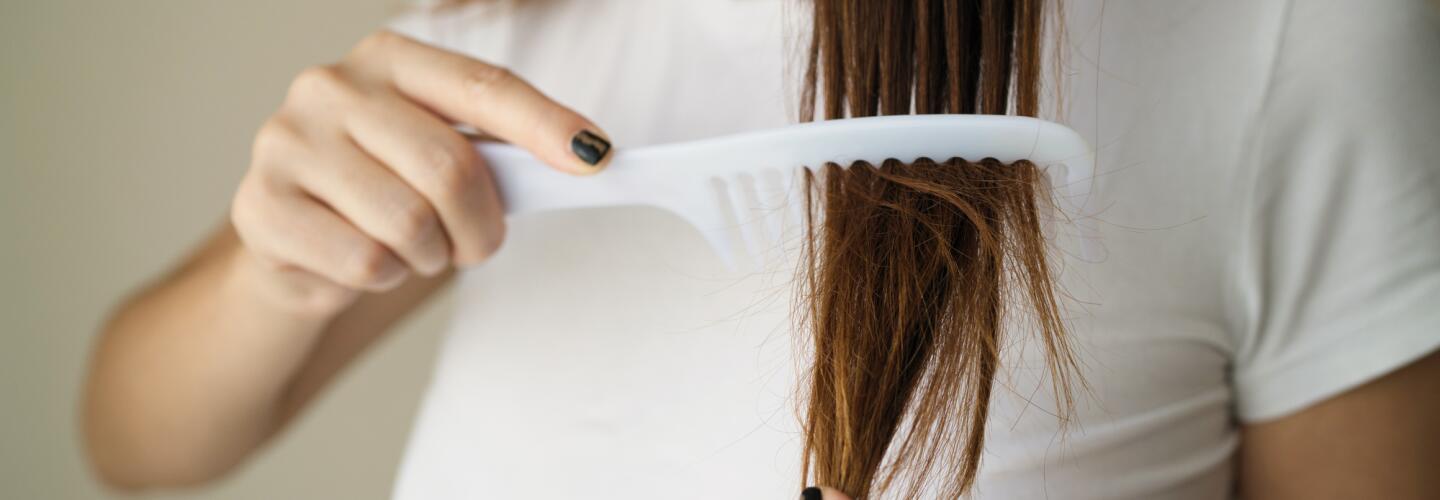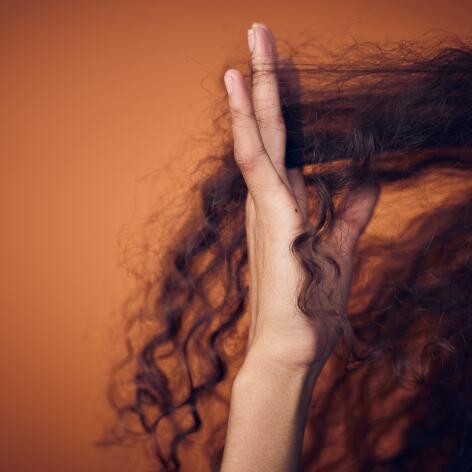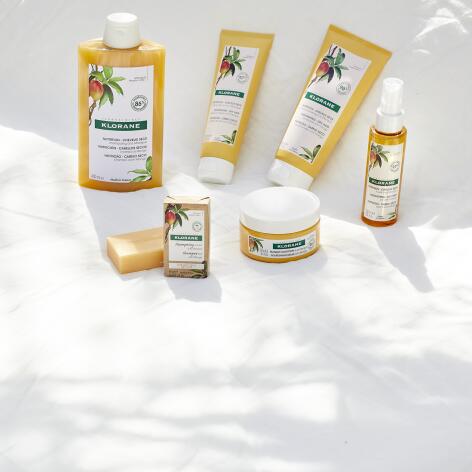
Moisturise and nourish dry hair naturally
Hair is just like us: it needs to drink and eat to stay healthy. How to best nourish and care for dry and dehydrated hair? Natural reparative solutions exist.
How to recognise dry hair in need of moisture
Straw-like hair, hair that is dull and lacks shine, split or lighter ends, hair that is increasingly difficult to detangle after a shower... These are all signs that your hair is dry and lacks moisture.
Dry hair usually has a dull and fragile appearance, it lacks suppleness, shine and softness, it is porous and coarse to the touch and is prone to frizz.
Dry hair undergoes several stages of alteration, ranging from dryness to total deterioration of the hair. As with all hair issues, the problem is usually rooted in the scalp. The scalp doesn’t produce enough sebum via the sebaceous glands. The hair is thus weakened on the surface (the hair cuticles are damaged) and then gradually becomes more fragile on the inside (the keratin, the cell at the heart of the hair, is affected).
It can also be caused by aggressive (and repeated) actions on the lengths: colouring, excessive drying, straightening or friction (hair ties or motorbike helmets for example).
Whatever the case, we must act quickly to stop the vicious circle of hair drying out and the lack of nutrition within the hair fibre.
Why does hair become dry?
Some hair types are by nature more affected by dryness. But the environment or certain habits attack or weaken the balance of the hair, especially in summer.
Two types of factors cause dry, dehydrated hair that lacks nutrition:
Physiological factors such as genetics, age, curly or frizzy hair, which impact the secretion of sebum and the quality of the hydrolipidic film that protects the hair.
External factors such as the sun, wind, pollution, as well as occasional aggressions such as , heat styling, harsh dyes, etc.
As the hair is over-stressed, the secretion of protective sebum slows down or it has difficulty moving down the hair shaft (in the case of curly hair). Deprived of this natural protection, the hair dries out until its internal structure is damaged. Three key actions need to be addressed: hydration, nutrition and repair.
What is the hydrolipidic film?
It is located on the scalp’s surface. It is made up of microorganisms (the saprophytic flora), which help protect the surface of the scalp, as well as the sebum. When the hydrolipidic film is damaged and weakened, this is when it can no longer play its role as a barrier against external aggression and dehydration and the hair becomes dry and dehydrated. The hair cuticles are no longer sheathed by sebum, they lift up, no longer acting as small protective tiles for the hair, and the cortex is then exposed to external aggressions.
Good habits
5 tips on how to nourish and hydrate dry hair
- Leave on a mask all night long once a month.
- Apply a heat protectant spray to your hair before drying or styling your hair to protect it from heat.
- Don’t use hair ties that are too tight and prevent sebum from reaching the entire hair length.
- You can help nourish dry hair from the inside with foods rich in fatty acids (nuts such as almonds, walnuts etc.) or Omega 3 (fish).
- Trim your ends regularly to remove the dry, damaged part of your hair.

FINE HAIR SOLUTIONS
What’s best for naturally nourishing dry hair? Mango butter or cupuaçu?
Mango butter, a natural nourishing solution for dry hair
Rich in fatty acids and highly nourishing properties, mango butter is proven to rehydrate the hair deep down. The result: nourished hair that’s regained all of its shine.
Cupuaçu, a repairing solution for very dry, damaged hair
You can finally say goodbye to dry hair thanks to Klorane's range featuring organic cupuaçu butter. Sourced responsibly in the Amazon, it deeply nourishes, repairs the hair fibre and makes styling easier.
The nourishing powers of mango butter
Discover the richness of this precious nectar selected by Klorane for its nourishing power, ideal for repairing and hydrating dry hair deep down (it feels and smells great too!).


Do you know how to care for your hair?
A good haircare routine should have 3 steps, after identifying the needs of your scalp and hair lengths.
Arnaud Laures, pharmacist
UNRULY HAIR
Can my rebellious hair be tamed?
With a bit of patience and adequate care, yes! First of all, you need to identify what the reason is. The next step is treating it kindly with some help from mother nature.

NEWSLETTER
Nature often has the solution...
All our tips for taking care of yourself with natural products.

